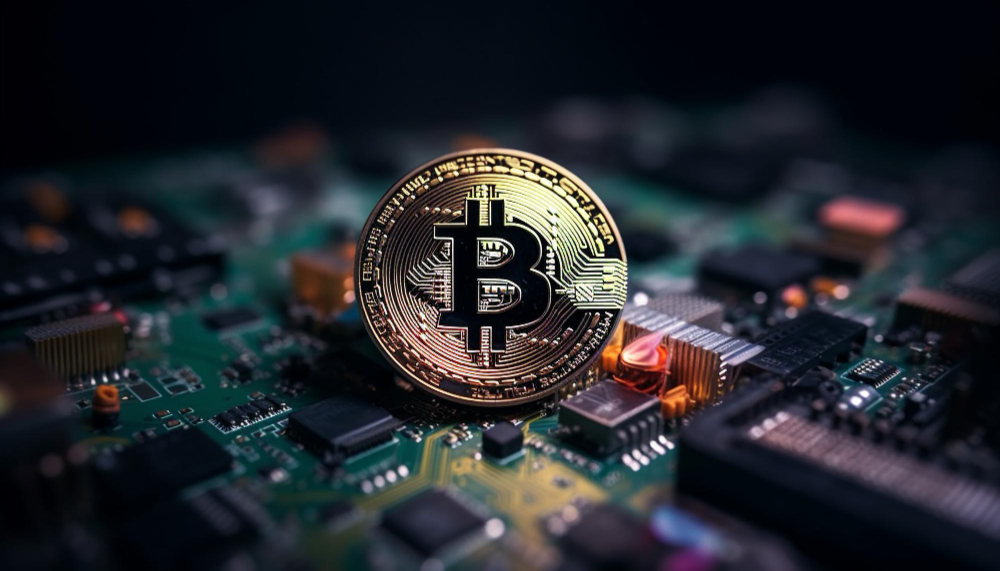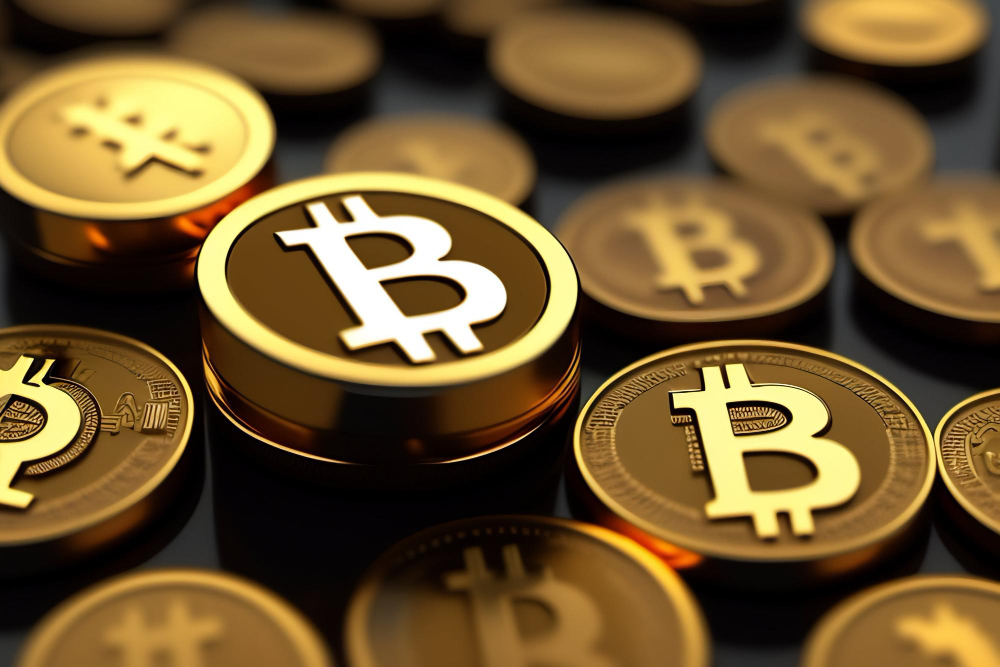Opportunities and Risks: The Bitcoin Landscape
- 1 The Rise of Bitcoin
- 2 Opportunities in Bitcoin
- 2.1 Investment Potential
- 2.2 Financial Innovation: Decentralized Finance (DeFi) and Bitcoin
- 2.3 Use Cases Beyond Investment
- 3 Risks Associated with Bitcoin
- 4 The Bitcoin Ecosystem
- 4.1 Mining and the Blockchain Network
- 4.2 Bitcoin Exchanges and Trading Platforms
- 4.3 Key Players in the Bitcoin Space
- 5 Future Outlook
- 5.1 Bitcoin’s Role in the Broader Financial System
- 5.2 Technological Advancements
- 5.3 Potential Challenges and Opportunities
- 6 Conclusion
The cryptocurrency market has seen tremendous growth since the inception of Bitcoin in 2009. What started as an experimental digital currency is now a global phenomenon, with Bitcoin becoming a household name. As Bitcoin continues to gain popularity, it is crucial to understand the opportunities and risks associated with this digital asset. In this article, we will delve deep into the Bitcoin landscape, exploring its historical rise, investment opportunities, potential risks, the ecosystem surrounding it, and what the future might hold. To navigate the complex world of Bitcoin with more ease, consider the advanced capabilities of Chain Wizard Ai, an automated bot designed to identify opportunities and mitigate risks in the cryptocurrency landscape.
The Rise of Bitcoin
Bitcoin’s Meteoric Rise
Over the years, Bitcoin’s value surged exponentially. In its early days, it was virtually worthless, but by 2017, it had reached nearly $20,000 per Bitcoin. This rapid increase in value captured the attention of investors worldwide and led to a surge in mainstream adoption.
Mainstream Adoption
Today, Bitcoin is not just a niche interest for tech-savvy individuals; it has gained acceptance from institutional investors, financial institutions, and governments. This mainstream acceptance has contributed to Bitcoin’s stability and increased demand.
Opportunities in Bitcoin
Investment Potential
- Store of Value and Inflation Hedge: Bitcoin is often referred to as “digital gold” because it shares similarities with precious metals like gold. Like gold, Bitcoin has a limited supply (21 million coins), making it a potential hedge against inflation. Investors often turn to Bitcoin to preserve their wealth during economic uncertainty.
- Portfolio Diversification: Including Bitcoin in an investment portfolio can help diversify risk. Its low correlation with traditional assets like stocks and bonds means that it can act as a valuable addition to a well-rounded portfolio.
Financial Innovation: Decentralized Finance (DeFi) and Bitcoin
Bitcoin has played a crucial role in the emergence of decentralized finance (DeFi). DeFi platforms leverage blockchain technology to create a range of financial services, from lending and borrowing to trading and yield farming. Bitcoin’s role as a collateral asset in DeFi has opened up new avenues for users to access financial services without relying on traditional banks.
Use Cases Beyond Investment
Apart from being an investment asset, Bitcoin serves various practical purposes:
- Remittances: Bitcoin enables cost-effective and fast cross-border remittances, particularly for the unbanked and underbanked populations.
- Microtransactions: It allows for micropayments, making it feasible for content creators to receive small payments for their work.
- Smart Contracts: While Bitcoin’s primary focus is on peer-to-peer transactions, it also has some smart contract capabilities, enabling self-executing agreements without intermediaries.
Risks Associated with Bitcoin
Regulatory Challenges
The regulatory environment for cryptocurrencies is still evolving. Governments worldwide are grappling with how to classify and regulate Bitcoin. Regulatory changes can affect the legality and taxation of Bitcoin transactions and investments, making it essential for investors to stay informed and compliant.
Security Concerns
- Wallet Security: Protecting your Bitcoin starts with securing your wallet. Hardware wallets and cold storage solutions are recommended for long-term storage, as they are less susceptible to hacking.
- Avoiding Scams and Phishing Attacks: The cryptocurrency space is not immune to scams and phishing attempts. It’s crucial to exercise caution and verify the legitimacy of any platform or service before providing personal information or investing.
The Bitcoin Ecosystem
Mining and the Blockchain Network
Bitcoin transactions are validated and added to the blockchain through a process called mining. Miners use computational power to solve complex mathematical puzzles, and in return, they are rewarded with newly created Bitcoins. The mining process is a crucial part of the Bitcoin ecosystem and ensures the security and decentralization of the network.
Bitcoin Exchanges and Trading Platforms
Bitcoin is bought and sold on cryptocurrency exchanges. These platforms facilitate the trading of Bitcoin and other cryptocurrencies, providing liquidity and price discovery. Some popular exchanges include Coinbase, Binance, and Kraken.
Key Players in the Bitcoin Space
The Bitcoin ecosystem consists of various stakeholders:
- Developers: The open-source nature of Bitcoin means that developers worldwide contribute to its codebase.
- Miners: These individuals or groups validate transactions and maintain the network’s security.
- Influencers: Thought leaders and influencers play a role in shaping public perception and understanding of Bitcoin.
Future Outlook
Bitcoin’s Role in the Broader Financial System
As Bitcoin continues to mature, its role in the global financial system will likely expand. It may become a more commonly accepted form of payment and an integral part of the financial infrastructure.
Technological Advancements
Ongoing developments in the Bitcoin network, such as the Lightning Network and Taproot upgrade, aim to improve scalability, security, and functionality. These upgrades could make Bitcoin more efficient and user-friendly.
Potential Challenges and Opportunities
While Bitcoin presents significant opportunities, it also faces challenges. These include scalability issues, environmental concerns related to energy consumption, and potential competition from central bank digital currencies (CBDCs). However, overcoming these challenges can lead to even greater opportunities for Bitcoin.
Conclusion
In summary, the Bitcoin ecosystem presents a constantly evolving landscape ripe with opportunities, including its role as a secure store of value, an enticing investment asset, and a driving force behind financial innovation. Yet, alongside these prospects, there exist inherent risks, notably the persistent market volatility, the ever-changing regulatory landscape, and ongoing security challenges. To effectively engage with the Bitcoin realm, it is imperative to grasp both its potential and pitfalls. Thus, remaining well-informed and making prudent decisions is paramount for navigating this dynamic terrain.





















